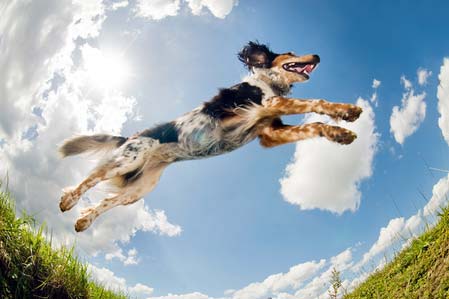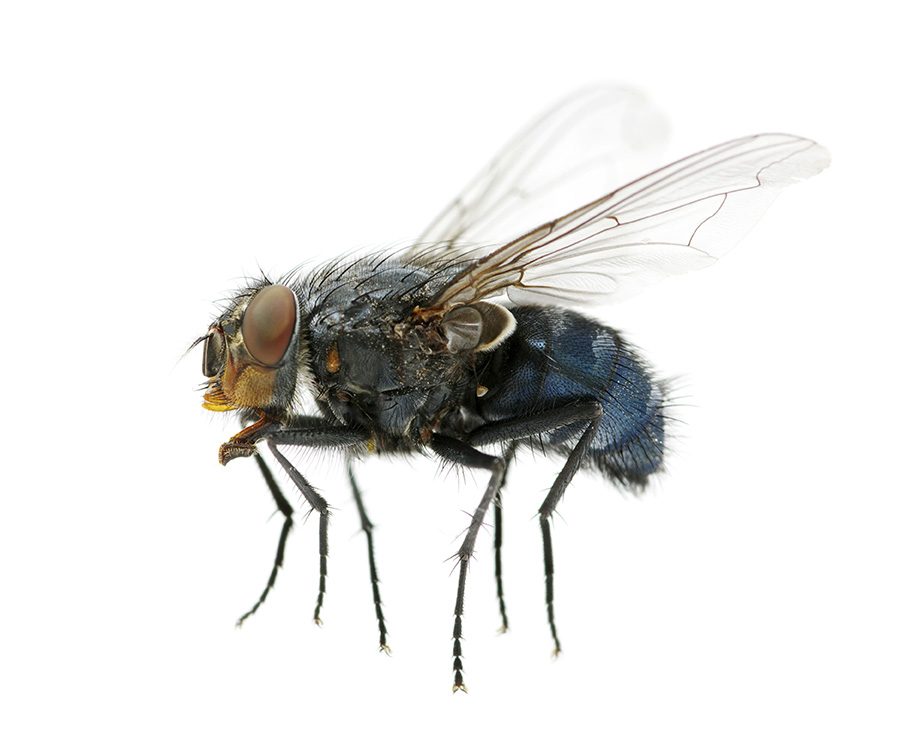

Dogs
Modern-day advertising is chocked full of cosmetic products for treating your skin. You won’t find many such commercials pertaining to your dog, but that doesn’t mean your canine’s skin is any less important.
Skin represents your dog’s largest organ, comprising up to 15 percent of his total body weight. In addition to providing a surface on which hair or fur grows, dogs’ skin performs a myriad of functions – guarding against dehydration by minimizing fluid loss, protecting them from exposure to adverse weather, and making pooches more huggable.
As a pet owner, it’s important to appreciate the benefits skin affords your dog, yet be wary of skin conditions that can afflict your canine. Your dog’s skin provides your veterinarian with a telling glimpse into his overall health. Whereas smooth, shiny skin often indicates proper health, less healthy skin can be a troubling sign of poor nutrition or the presence of an internal disease.
Your dog’s skin performs its functions admirably; it just needs some assistance from the owner to stay healthy. Read on to develop a knowledge of dog skin that’s far more than skin-deep.
A dog’s skin consists of an outer layer called the epidermis and an inner layer called the dermis. Both layers serve functions crucial for your dog’s survival.
The epidermis is the body’s environmental shield. It’s comprised of a durable layer of cells that’s continuously formed and shed from the surface.
Underneath the epidermis is the dermis, which rests on a supporting layer of fat and thin muscle. The dermis is composed of a network of connective tissue that also contains nerves, blood vessels, hair follicles, and sweat and oil glands.
As is the case with most skin-covered animals, this organ occupies a number of vital roles for dogs. The skin and hair coat combined are the dog’s largest sensory organ, monitoring the environment and influencing body temperature.
Serving as the first line of defense, your dog’s skin prevents trauma, protects against invasion of microorganisms and chemicals, and serves as the site of Vitamin D synthesis. Skin also reduces the risk of dehydration, acting as a reservoir for fat, electrolytes, water, carbohydrates, and protein.
 Is It Safe For My Dog To Eat Steak Bones?
New dog owners often have questions
Is It Safe For My Dog To Eat Steak Bones?
New dog owners often have questions
 Dog Cancer: What's Common?
Approximately half of mammary tumor
Dog Cancer: What's Common?
Approximately half of mammary tumor
 Protect Your Dog From These Hidden Hot
Summer means ice cream, hikes in th
Protect Your Dog From These Hidden Hot
Summer means ice cream, hikes in th
 What is Posture and Why Should We Care About it?
When we think about the activities
What is Posture and Why Should We Care About it?
When we think about the activities
 10 Proven Tips For Effectively Cleaning Your Dog Home
10 Proven Tips For Effectively Cleaning Your
10 Proven Tips For Effectively Cleaning Your Dog Home
10 Proven Tips For Effectively Cleaning Your
Copyright © 2005-2016 Pet Information All Rights Reserved
Contact us: www162date@outlook.com